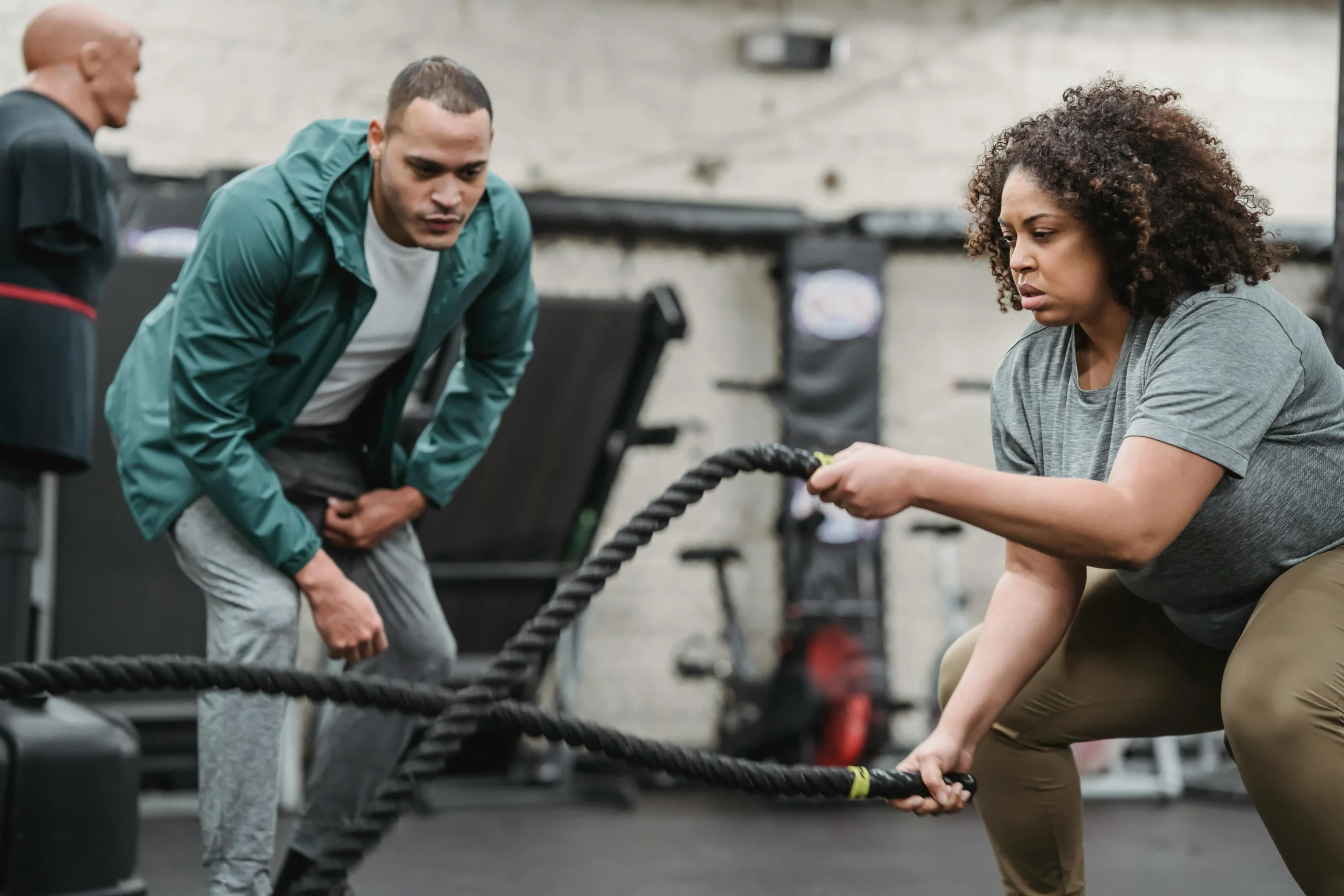Are you looking to strengthen your muscles and improve your overall fitness level? Functional fitness exercises may be the key to achieving your goals. Unlike traditional weightlifting routines that focus on isolated muscle groups, functional fitness exercises target multiple muscle groups simultaneously, helping you build strength, improve flexibility, and enhance your overall performance in daily activities and sports.
In this comprehensive guide, we will explore how you can strengthen your muscles with functional fitness exercises. We will cover the benefits of functional fitness, key exercises to incorporate into your routine, and tips for maximizing your results. Whether you are a beginner or a seasoned fitness enthusiast, this guide will provide you with valuable insights to help you take your fitness journey to the next level.
The Benefits of Functional Fitness
Functional fitness is a type of training that focuses on movements that mimic real-life activities. By incorporating functional fitness exercises into your workout routine, you can experience a wide range of benefits, including:
1. Improved Muscle Strength
Read also: Effortless Home Workouts: Stay Active Despite Busy Schedules
Functional fitness exercises engage multiple muscle groups at once, helping you build overall strength and stability. By performing movements that require coordination and balance, you can strengthen your muscles in a functional and practical way.
2. Enhanced Flexibility and Mobility
Many functional fitness exercises involve dynamic movements that improve flexibility and range of motion. This can help prevent injuries, enhance athletic performance, and make daily activities easier and more comfortable.
3. Increased Core Stability
Functional fitness exercises often target the core muscles, which play a crucial role in providing stability and support for the spine. A strong core can improve posture, reduce the risk of back pain, and enhance overall movement efficiency.
Read also: Mastering Mindful Eating: Your Key to Optimal Health
4. Better Balance and Coordination
Functional fitness exercises challenge your balance and coordination, helping you improve your spatial awareness and motor skills. This can be particularly beneficial for older adults looking to maintain their independence and reduce the risk of falls.
Key Functional Fitness Exercises
1. Squats
Squats are a fundamental functional fitness exercise that targets the muscles in the lower body, including the quadriceps, hamstrings, and glutes. To perform a squat, stand with your feet hip-width apart, lower your body by bending your knees, and then push through your heels to return to the starting position.
2. Deadlifts
Deadlifts are excellent for strengthening the muscles in the posterior chain, including the lower back, glutes, and hamstrings. To perform a deadlift, stand with your feet hip-width apart, bend at the hips and knees to lower the weight towards the floor, then drive through your heels to stand back up.
3. Planks
Planks are a great exercise for building core strength and stability. To perform a plank, start in a push-up position with your hands directly under your shoulders, engage your core muscles, and hold your body in a straight line from head to heels.
4. Lunges
Lunges target the muscles in the lower body, including the quads, hamstrings, and glutes. To perform a lunge, step forward with one leg, lower your body until both knees are bent at a 90-degree angle, then push through the front heel to return to the starting position.
Tips for Maximizing Your Results
- Focus on Form: Proper form is essential for maximizing the effectiveness of functional fitness exercises and reducing the risk of injury. Take the time to learn the correct technique for each exercise and pay attention to your body alignment throughout your workout.
- Progress Gradually: As you get stronger, gradually increase the intensity of your workouts by adding more weight, increasing the number of repetitions, or trying more challenging variations of exercises.
- Include Variety: Incorporate a variety of functional fitness exercises into your routine to target different muscle groups and prevent plateaus. Mix up your workouts with bodyweight exercises, resistance training, and stability exercises for optimal results.
- Rest and Recover: Allow your muscles time to rest and recover between workouts to prevent overtraining and promote muscle growth. Aim for at least one to two rest days per week and prioritize sleep, hydration, and nutrition for optimal recovery.
By incorporating functional fitness exercises into your workout routine and following these tips, you can strengthen your muscles, improve your overall fitness level, and enhance your performance in everyday activities and sports. Remember to listen to your body, stay consistent with your training, and seek guidance from a fitness professional if needed. Get ready to take your fitness journey to the next level with functional fitness!

